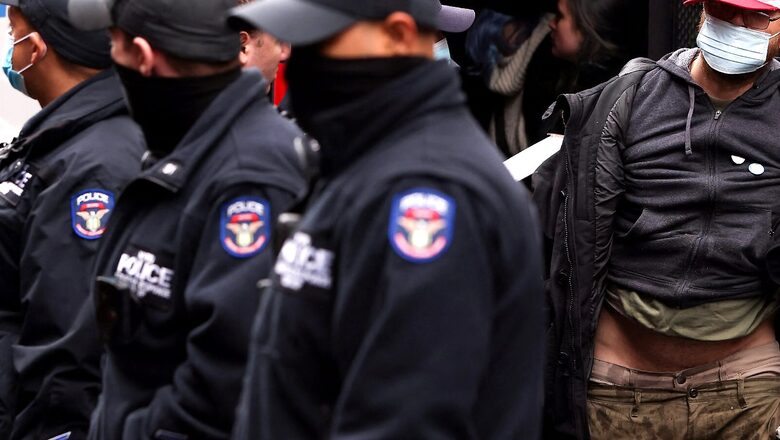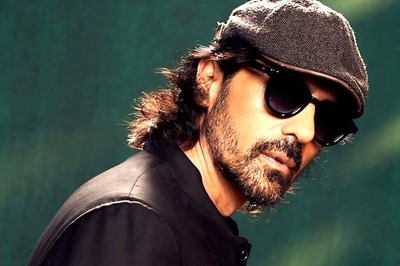
views
The attack on the New York subway on Tuesday evening by a lone operator has sparked new debates on how US media covers news related to crime in its major cities. Alec Karakatsanis, a criminal justice activist, took to Twitter to explain how the New York Times and other media outlets use crime stories to advocate for more policing or publish ‘copaganda’ pieces.
https://twitter.com/equalityAlec/status/1513962856752025605?s=20&t=qxE7i0gi4K1nKTAQSj7itA
Copaganda is defined as a media portrayal of police officials in a way that shows them in a positive light while downplaying the issues which plague police departments as well as their treatment of minorities. The term has been discussed by activists and media in the US, most of whom view it as a problem.
Karakatsanis in his Twitter thread pointed out that the New York Times in its coverage tried to link Tuesday’s incident to a general rise in crimes in New York City and said that the news agency was trying to push forward the idea that crime levels were on rise in the megacity despite stats suggesting otherwise. Karakatsanis argues that the NYT is trying to peddle a narrative that more cops are good. He also points out that violence is mostly not a function of police and more investments in police departments will not and can not solve these issues which are far more closely related to mental health issues, poverty and inequality.
https://twitter.com/petercalloway/status/1510032517876764674?s=20&t=P8hgoDkQiKqXaHhOOrwfQg
Peter Calloway, who like Karakatsanis, also studies how media talks about crime pointed out that the reportage on these crimes often force politicians and lawmakers to push for tough-on-crime policies which have been known to cause harm and suffering in poor and minority communities. Another Youtube Channel, the Gravel Institute was far more harsher in its assessment of the NYPD.
https://twitter.com/GravelInstitute/status/1513905202277064717?s=20&t=P8hgoDkQiKqXaHhOOrwfQg
“If the NYPD were an army, it would be one of the largest in the world. It has offices in 11 foreign cities. It has six submarine drones. If it can’t stop an attack in its own city’s subway system, it’s not because of a lack of funding,” the Gravel Institute said in a tweet.
While it is true that police officers, anywhere on the planet and in every major city, have tough jobs, these activists claim that pouring more money into the police departments cannot prevent lone wolf crimes. Police may be able to curb some crimes but to expect that more police officers will be able to prevent crimes like the one on Tuesday morning in New York City could be wrong.
Karakatsanis also points out that the NYT uses data provided by the NYPD – which means they are playing on their field – and attributes a recent drop in crime rates to a surge in arrests conducted over a three month period. He claims that the NYT is pushing for NYPD to follow a “broken windows” policing protocol where there is stricter enforcement of low-level offences as an attempt to prevent serious crimes.
Read the Latest News and Breaking News here




















Comments
0 comment